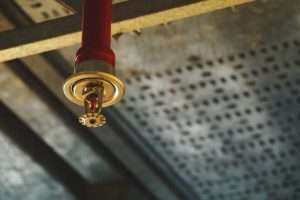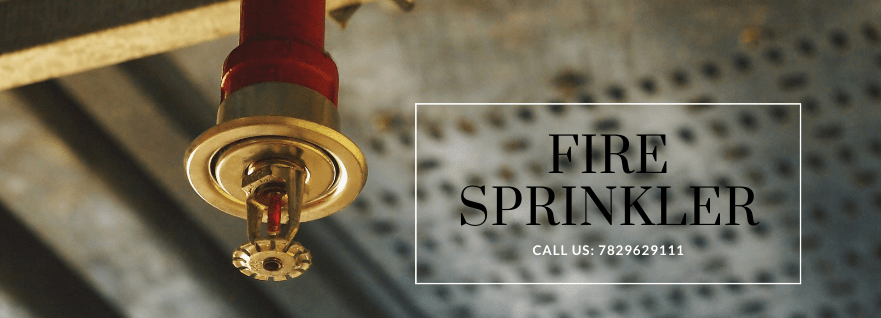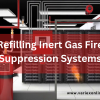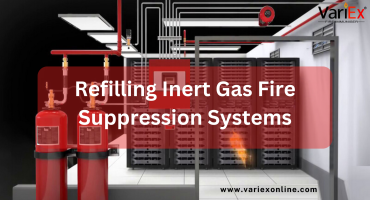![]()
Fire Immuniser
+91-7829629111
Email: info@variex.in
Varistor Technologies Pvt. Ltd.
Block-1, First Floor, Ardente Office One, Hoodi Circle, ITPL Main Road, Bengaluru, Karnataka 560048, IN
How Much Pressure Required For Fire Sprinkler System
Frequently Asked Questions
The design pressure is the pressure at which a fire sprinkler system is designed to operate effectively. It is determined during the system design phase and takes into account factors such as building size, hazard level, and water supply characteristics.
Fire protection engineers or designers use hydraulic calculations to determine the design pressure of a fire sprinkler system. These calculations consider factors such as pipe size, length, elevation changes, friction losses, and water demand to ensure adequate pressure at all points in the system.
Minimum pressure requirements for fire sprinkler systems are typically specified by fire codes and standards to ensure adequate water flow and coverage in case of a fire emergency. The requirements may vary depending on factors such as sprinkler head type, system design, and local regulations.
Yes, different types of fire sprinkler systems, such as wet pipe, dry pipe, and pre-action systems, have varying pressure requirements based on their design and application. Dry pipe systems, for example, may require higher pressure levels to overcome air pressure and deliver water effectively.
Factors such as pipe friction, elevation changes, pipe size, pipe material, flow rates, and water supply characteristics can affect water pressure in a fire sprinkler system. Proper hydraulic calculations and system design are essential for maintaining adequate pressure levels.
Final Say
At VariEx.in and VariexOnline.com, we specialize in supplying and installing top-quality fire fighting systems and equipment. From fire extinguishers to advanced suppression systems, we offer comprehensive solutions tailored to your needs. Our experienced team ensures precise installation and maintenance for optimal safety.
Trust VariEx for reliable fire protection. Contact us online or call 7829629111 to learn more.











